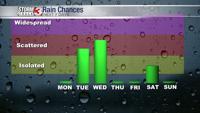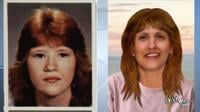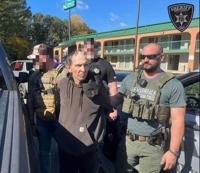CARBONDALE, IL (WSIL) - During Tuesday night's Carbondale City Council Meeting, members heard from representatives of Sound Thinking about ShotSpotter Respond Gunshot Detection. It's a system of detecting where a gun has been shot by using acoustic sensors in various locations.
"Nationally over 80 percent of gunfire events go unreported to the police via the 9-11 system,� said Midwest Region Director Trish Layne.
The technology is becoming popular in our area with Missouri cities Cape Girardeau and Sikeston using it And that's why Layne encouraged them all to reach out to their clients to find out just how ShotSpotter is working for them.
"My recommendation, to the mayor, council, [and] chief of police, talk to some of your neighboring agencies about their exact experiences,� Layne suggested.
Councilperson Ginger Rye-Sanders says she's advocated for ShotSpotter since 2021 and goes on to say, that even though the neighborhood she lives in is predominately filled with disadvantaged people, she stays because it’s where she grew up and she wants to make a difference when she can.
Council member Clare Killman however had several questions for the representatives, as she continues to work through the information to determine if she would support the measure. One was whether there is a feeling that being under surveillance may also preclude people from living publicly in a community.
Sound Thinking Customer Success Director Kevin Johnson formally worked for the Chicago Police Department for more than 30 years and he says, technology like ShotSpotter was used to reduce gun violence in some of the highest crime areas.
“It’s not about surveillance,� said Johnson. “It’s about acquiring information that will help law enforcement do their jobs better and faster.�
Council member Nancy Maxwell asked to address issues some have brought up when it comes to the perception that ShotSpotter is placed in more non-white areas of cities. Johnson says data is used to determine where the best locations for ShotSpotter throughout a given area.
"We ask for 2-5 years of gunfire data, raw gunfire data, and we work with the police department and we analyze those locations,� said Johnson. “Race, creed, or color does not come into any part of the analysis.�
















